Refund Guaranteed

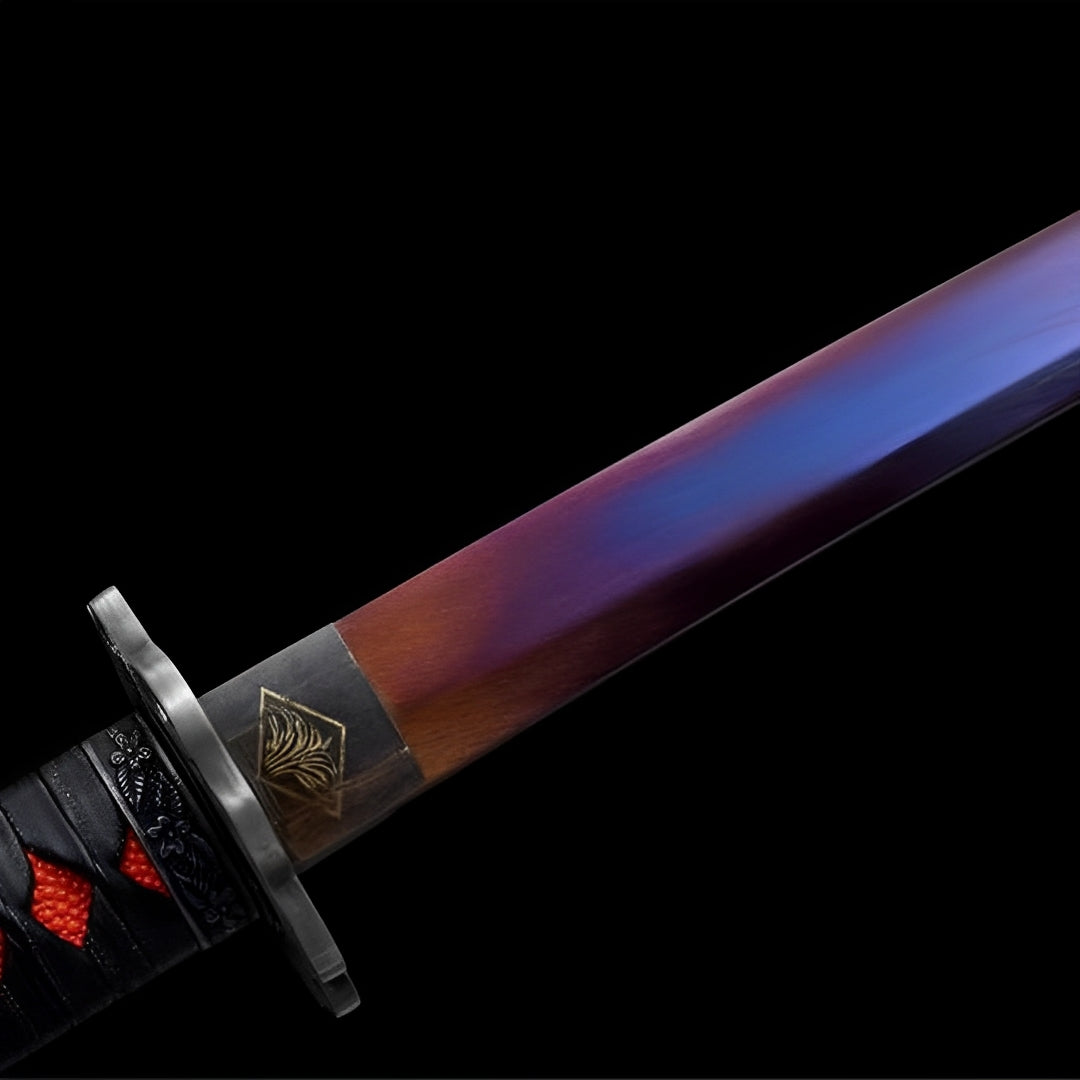

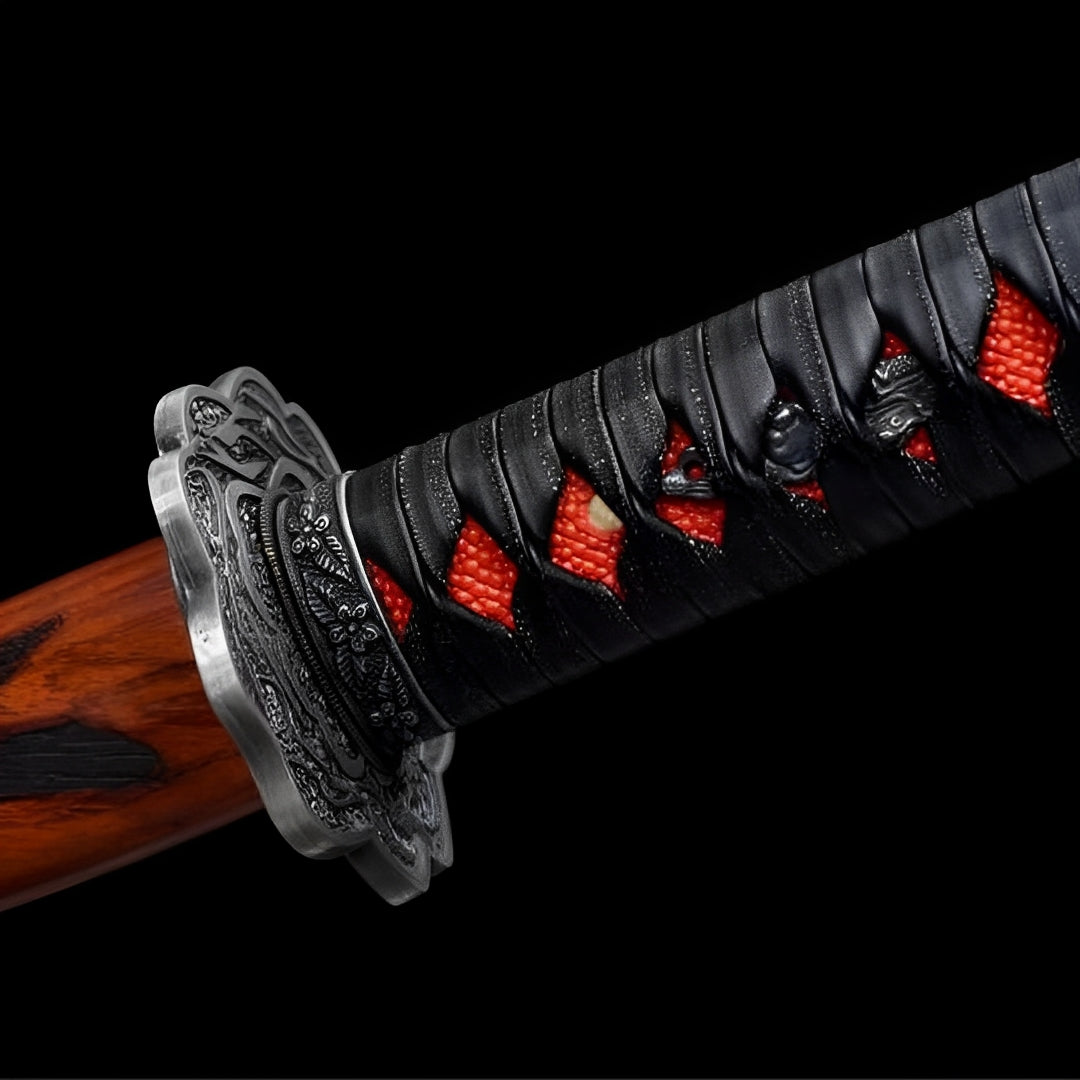
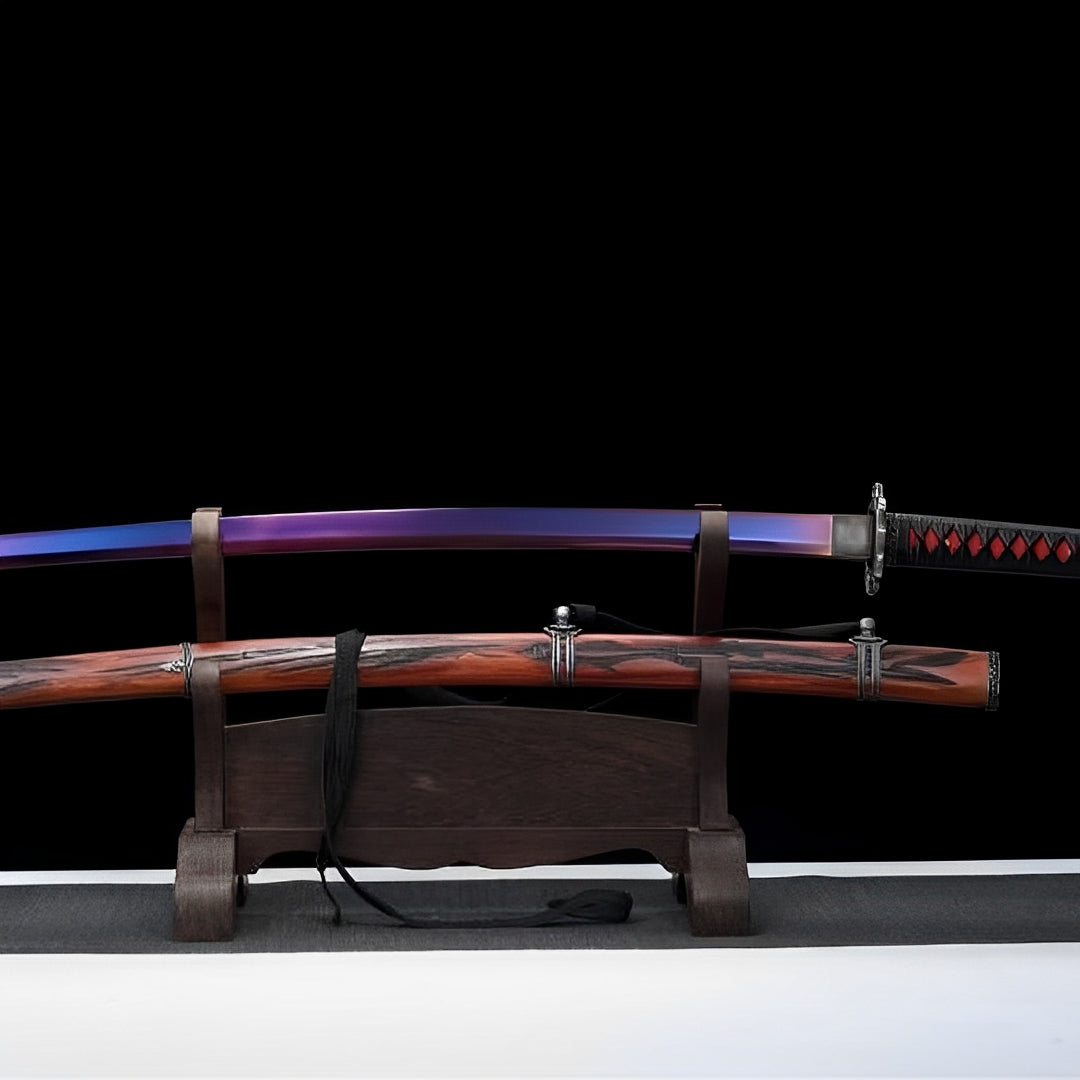

Why choose us
Ships within 48/72h
Forged Blade
Collector Quality
Trusted Globally
Inspired by Japan
Sekiro Katana (SDT) - セキロ
Included with your order



Note: Engraving placement and orientation may vary by blade model (hamon, geometry, and flat area).
Free Shipping over $250
No Bots, No AI
Refund Guaranteed
Free Shipping over $250
No Bots, No AI
Our team is here to help with any questions or concerns.
We’re always happy to assist you — don’t hesitate to reach out.
Why choose us
Ships within 48/72h
Forged Blade
Collector Quality
Trusted Globally
Inspired by Japan

Sekiro Katana (SDT) - セキロ
Specifications
- Handmade
- SHARP
- Blade: T10 Purple Steel
- SAGEO & ITO in Cotton
- Synthetic Rayskin
- Full Tang
- Iron Tsuba
- Total size: 105cm / 41 (in)
- Blade size: 72cm / 28 (in)
- Blade width: 3,2cm / 1.2 (in)
- Blade thickness: 0,7cm / 0.27 (in)
- Handle size: 30cm / 11.8 (in)
Sekiro Katana - Wolf's Resurrection Blade
Die learning with Sekiro's Katana, blade of the one-armed shinobi who mastered death itself. This unforgiving Shadows Die Twice sword captures FromSoftware's brutal philosophy - twilight blade shifting between sunset's dying light and dawn's rebirth, natural wood saya suggesting shinobi pragmatism over samurai pomp, crimson accents marking blood spilled learning enemy patterns through countless resurrections. Not weapon of heroes destined for victory but tool of warriors accepting failure as teacher, each death bringing wisdom, each revival offering second chance to die better.
Shadows Die Twice Philosophy
FromSoftware's Sekiro: Shadows Die Twice (2019) revolutionized action games by making death core mechanic rather than punishment. The resurrection system allows Wolf (protagonist) literally dying twice before actual game over, transforming traditional failure state into tactical resource. This resurrection blade embodies that philosophy - you will fail, you will die, but failure isn't ending but education if you learn from mistakes.
Unlike Dark Souls' varied builds or Bloodborne's trick weapons, Sekiro forces mastering single katana through perfect timing, deflection precision, and pattern recognition. The blade doesn't change but wielder does, each death teaching when to deflect versus dodge, which attack patterns exploit openings, how reading enemy posture leads to devastating deathblows. This learning sword represents growth through adversity rather than equipment upgrades.
The shinobi protagonist Wolf serves no honorable code - he's pragmatic survivor using prosthetic tools, stealth kills, and resurrection magic forbidden by samurai traditions. His katana reflects that moral flexibility, the weapon of someone choosing effectiveness over reputation, survival over honor, completing mission regardless of methods required. This positions Sekiro's philosophy opposite to samurai-centric narratives about dying gloriously.
Gaming collectors recognize Sekiro as landmark achievement - Game of the Year 2019, critical acclaim for difficulty respecting player intelligence, and profound influence on subsequent action games emphasizing parrying mechanics. Wolf's katana represents that legacy, the blade teaching millions that dying doesn't mean failing, only refusing to learn means defeat.
The "Shadows Die Twice" title references both resurrection mechanic and deeper theme: shinobi operate in moral shadows, their methods dying twice - once when employed, again when remembered with shame. Wolf's journey explores whether ends justify means, whether protecting Lord Kuro excuses dishonorable tactics, whether love redeems sin.
Twilight Gradient Mysticism
The blade's color transition from deep purple through magenta toward peachy-orange creates ethereal effect suggesting multiple symbolic interpretations. The gradient could represent death-to-resurrection cycle - darkness of death transitioning through void toward rebirth's light. Or perhaps sunset-to-sunrise continuum, the eternal return where each ending precedes new beginning.
This twilight katana captures liminal states Sekiro explores constantly. Wolf exists between life and death through resurrection, between human and immortal through dragon heritage connection, between loyalty and betrayal through conflicting obligations. The blade's refusal settling on single color mirrors that perpetual liminality.
The purple-pink-orange spectrum also suggests supernatural forces permeating Sekiro's world. The Divine Dragon, immortality-granting waters, resurrection powers - all manifest through similar color palettes in game's visual design. The blade essentially channels those mystical energies making Wolf's impossible quest possible.
FromSoftware's art direction favors muted realism punctuated by fantastical elements. The gradient blade follows that philosophy - mostly realistic katana geometry enhanced by color suggesting something beyond mundane steel. This balance prevents the design feeling too grounded (boring) or too fantastical (ridiculous), achieving perfect middle ground.
Photography loves gradient effects. Lighting dramatically affects how the colors appear - direct spotlighting emphasizes the purple, diffused light brings out pink tones, warm illumination highlights orange. This chameleon quality makes the blade fascinating display piece revealing different aspects under varied conditions.
Natural Wood Pragmatism
The unvarnished wood saya announces shinobi practicality over aesthetic excess. Unlike samurai displaying wealth through lacquered scabbards, shinobi prioritized function - silent draw, weather resistance, replaceable components when damaged. The shinobi blade serves tool using class rather than prestige-obsessed warrior nobility.
The wood grain patterns provide organic beauty without requiring elaborate decoration. This wabi-sabi aesthetic philosophy finds elegance in natural materials showing honest aging rather than artificial preservation. The wood will darken from handling, develop character through years, essentially becoming unique to its owner through use.
Small decorative elements on the wood suggest clan markings or personal touches - perhaps cherry blossoms referencing Sculptor's past, or geometric patterns indicating prosthetic tool integration points. These understated details prevent the natural aesthetic from feeling unfinished while maintaining overall restraint.
The brown wood against twilight blade creates warm-cool contrast that's visually sophisticated. The earthy tones ground the fantastical gradient in physical reality, suggesting this mystical blade exists in tangible world rather than pure fantasy realm. That tension between real and unreal defines Sekiro's entire atmosphere.
Crimson Mortality
The red diamond patterns on black handle create visual echo of blood soaking through fabric - appropriate for blade witnessing thousands of deaths (Wolf's and enemies'). The crimson specifically references the resurrection mechanic's cost: using it spreads Dragonrot disease to NPCs, Wolf's immortality literally sickening others.
This blood-marked blade acknowledges that power comes with consequences, that shortcuts carry hidden costs, that immortality proves curse as much as blessing. The red serves as constant reminder that Wolf's repeated resurrections harm innocents, that his mission's success requires others' suffering.
Traditional Japanese aesthetics often featured red-black combinations suggesting violence beautified through artistic expression. Blood on lacquered armor, crimson maple leaves against charred wood, sunset through smoke-darkened sky - all capture beauty and horror coexisting. The handle's coloration continues that tradition.
The diamond pattern might reference the prosthetic shinobi tool system. Each diamond could symbolize one prosthetic upgrade - flame vent, loaded axe, divine abduction - the tools distinguishing shinobi from samurai through technological pragmatism. The pattern transforms handle into inventory display, each mark representing capability earned through exploration and experimentation.
Soulsborne Collection Essential
For FromSoftware collectors, Sekiro's katana represents studio's refinement of action combat into precision instrument. While Dark Souls emphasized strategic positioning and Bloodborne rewarded aggression, Sekiro demanded perfect timing making every encounter dance between attacker and defender. Wolf's blade symbolizes that evolution.
The game's Japanese setting provides rare opportunity for FromSoftware exploring their own cultural heritage rather than Gothic European fantasy. The attention to historical detail, mythology integration, and respectful representation of shinobi tactics versus samurai codes demonstrates how Japanese developers reimagine their history through modern gaming lens.
Display contexts welcome the natural aesthetic. Unlike aggressive anime swords or overly ornate historical replicas, Sekiro's blade works in varied environments - gaming collections, Japanese cultural displays, minimalist modern spaces, or even traditional rooms appreciating the wood craftsmanship.
Investment value favors completed critically acclaimed games. Sekiro won't receive sequel continuing Wolf's story, making his blade definitive weapon representing that complete narrative arc. As FromSoftware's reputation grows with Elden Ring's success, earlier titles' merchandise appreciates among collectors documenting studio's evolution.
The prosthetic warrior blade particularly appeals to gamers who conquered Sekiro's punishing difficulty. Defeating Isshin Ashina, mastering Genichiro's lightning reversals, perfect-parrying Guardian Ape - these achievements create bonds with the game that casual players never experience. The sword becomes trophy proving you earned the right wielding it through hundreds of deaths teaching necessary lessons.
Care Instructions: Wipe the gradient blade carefully - this mystical coloration deserves maintenance preserving its twilight beauty. The natural wood saya benefits from occasional oiling preventing drying and cracking. Handle the crimson-marked grip with awareness that each touch adds to the blade's story. Display where it reminds you that failure isn't defeat, dying isn't losing, only refusing to learn means actual game over. The shinobi accepts death as teacher rather than enemy, each resurrection offering wisdom if you're willing to learn.
Hesitation is defeat. The Wolf's blade teaches through blood and resurrection.
Legal Disclaimer
By purchasing from Katana Corp, you acknowledge and agree that:
- You are at least 18 years of age (or the age of majority in your jurisdiction).
- You are solely responsible for verifying and complying with all local laws and import regulations before placing an order.
- Some countries prohibit the importation of swords entirely. Katana Corp is not responsible for orders delayed, seized, or refused by customs authorities.
- All katanas and related products are sold strictly as decorative and display items. They are not intended or certified for combat use.
- Depending on the jurisdiction, swords may legally be considered bladed weapons, subject to specific restrictions or prohibitions.
- Katana Corp disclaims all liability for any injury, damage, or legal consequences resulting from misuse, abuse, or unlawful use of its products.
For full details, please refer to our Terms of Service.
Care & Maintenance
To maintain your katana's appearance and performance over time, we recommend:
- Regularly wiping the blade with a soft cloth to remove fingerprints and moisture.
- Applying a light coat of choji oil to prevent rust (for carbon steel blades).
- Storing the sword in a dry place, preferably inside its saya.
- Avoiding direct contact with hard surfaces to preserve sharpness and finish.
For more care tips, check our full maintenance guide in the FAQ section.
Behind the Blade
Every katana we offer carries the essence of centuries-old craftsmanship.
More than just a weapon, the katana symbolizes discipline, honor, and mastery.
Our artisans draw inspiration from traditional forging methods to ensure each blade reflects the spirit of the samurai — strength, precision, and soul.
Owning one is not just about aesthetics — it’s about carrying a piece of that legacy.
User Experience
This katana is designed to offer a perfect balance between blade and handle.
Its ergonomic tsuka (handle) allows a secure two-handed grip, while the weight distribution ensures smooth, fluid movement.
Whether for training, display or cutting practice, handling feels natural and precise.

The Art of Traditional Forging
Each katana we craft is born from centuries of samurai tradition.
Our master smiths shape every blade by hand, folding the steel to achieve unmatched strength, flexibility, and beauty.
This time-honored process is not just about creating a weapon? it’s about preserving a legacy of discipline, honor, and artistry.
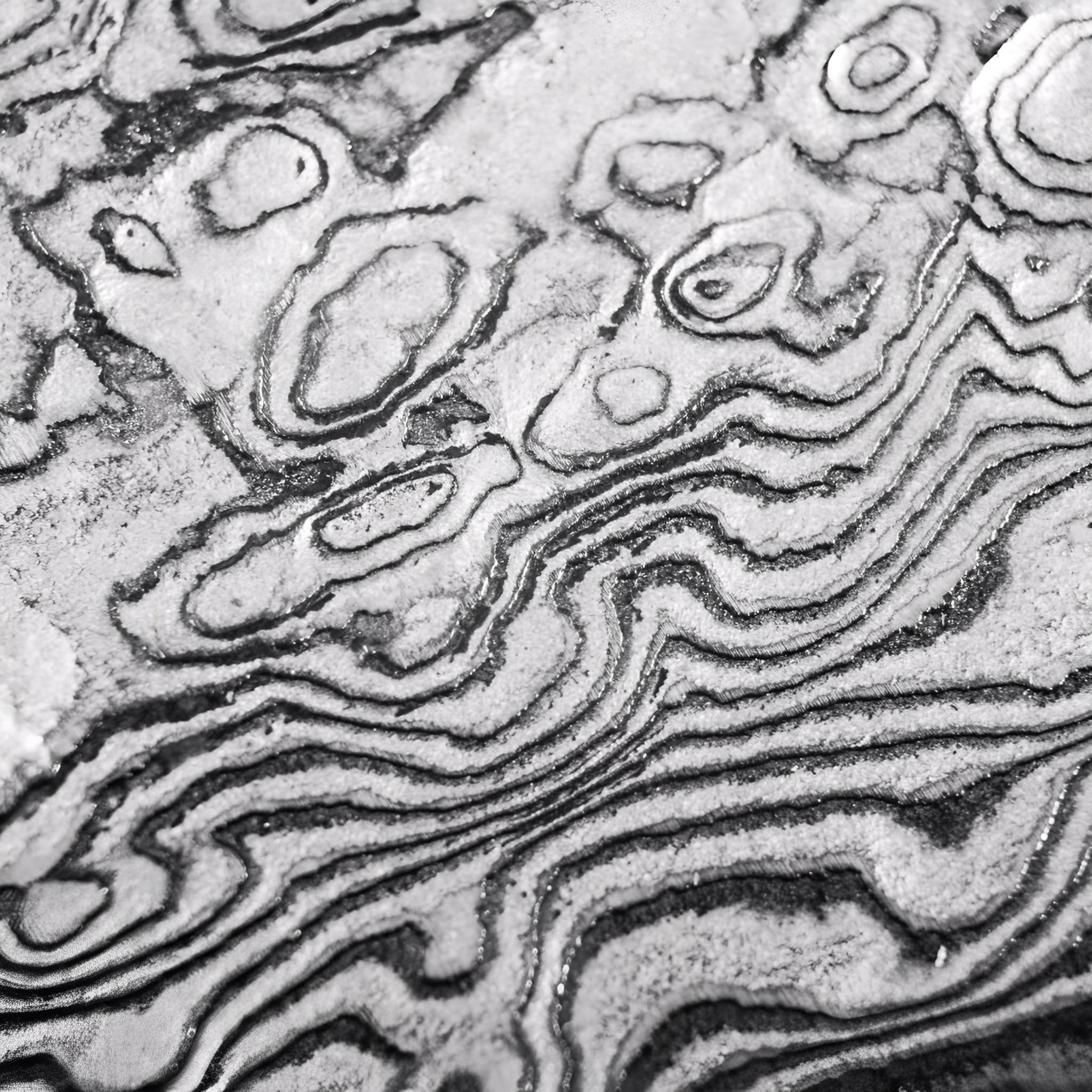
Materials Chosen Without Compromise
We select only the highest-grade steels and authentic fittings to ensure every katana is both a masterpiece and a reliable companion.
From the flawless hamon line to the perfectly balanced tang, each detail is carefully inspected to meet the highest standards of performance and aesthetics.
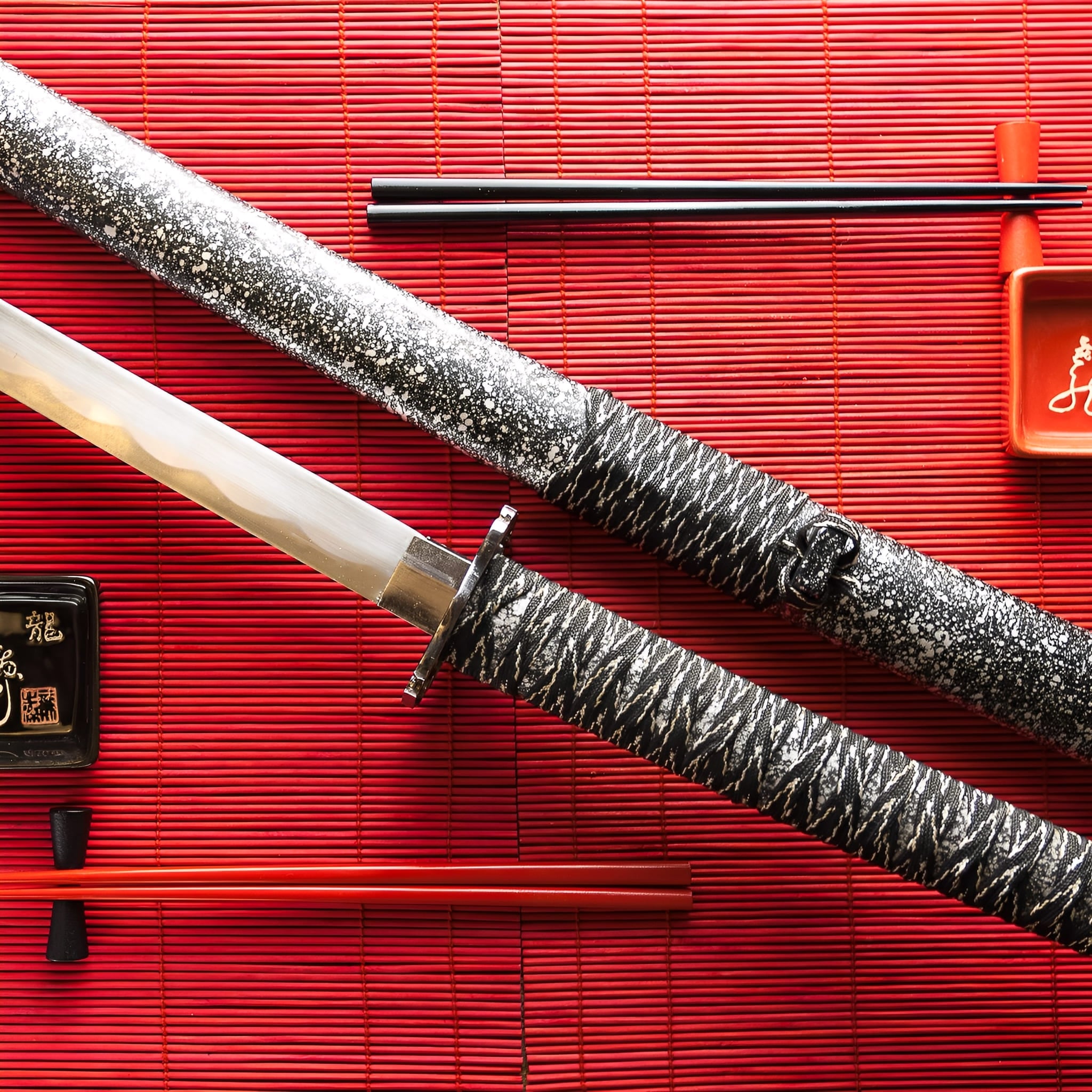
More Than a Sword, A Lifelong Legacy
Owning a handmade katana is an experience that goes beyond the blade itself. It’s holding history, tradition, and craftsmanship in your hands.
Whether displayed as a work of art or wielded with precision, your katana will stand as a symbol of timeless skill and dedication for generations to come.
-
Key Destinations
United States: 5–7 days
Canada: 5–7 days
Australia: 6–9 days
Denmark: 4–6 days
Netherlands: 3–5 days
Sweden: 4–6 days
Switzerland: 3–5 days
Finland: 5–7 days
Singapore: 6–8 days -
Central European Partners
France: 2–3 days
Germany: 3–5 days
Spain: 4–6 days
Italy: 4–6 days
Belgium: 3–5 days
Austria: 4–6 days
Ireland: 4–6 days
Poland: 4–6 days
Portugal: 4–6 days -
Extended EU Network
Czechia: 4–6 days
Hungary: 4–6 days
Slovakia: 4–6 days
Slovenia: 5–7 days
Romania: 5–7 days
Bulgaria: 5–7 days
Croatia: 5–7 days
Serbia: 5–7 days
Estonia: 5–7 days
Latvia: 5–7 days
Lithuania: 5–7 days
Luxembourg: 3–5 days
Greece: 5–8 days -
FAQ’s
Visit our FAQs page to find answers to common questions.